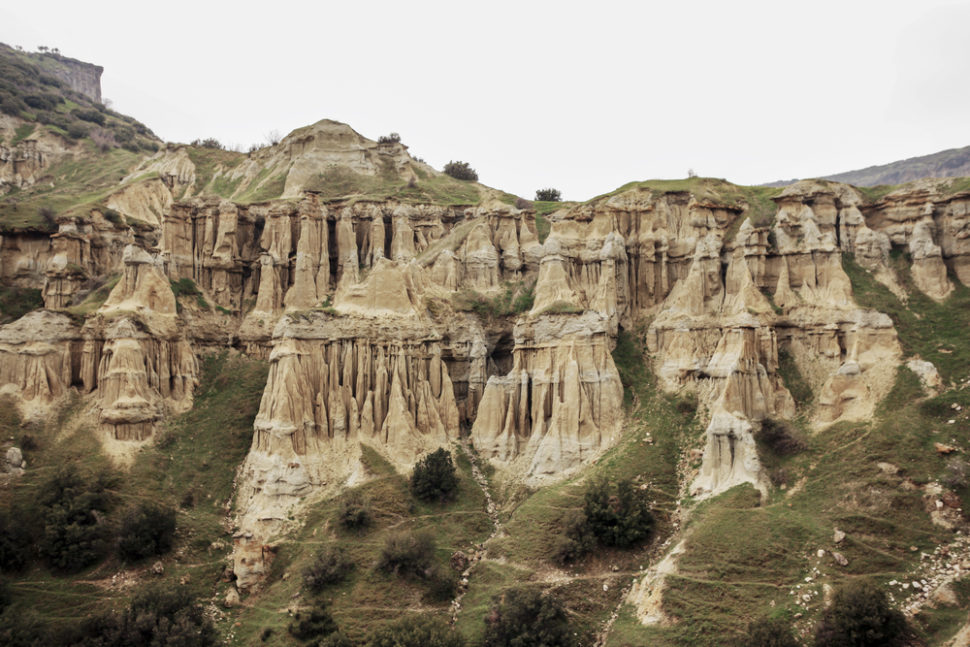Natural disastrous phenomena like volcano eruptions have remained a companion to the human journey throughout history, and they’re always as awe-inspiring today as they were in the distant past.
But today we have the necessary equipment to capture a volcanic eruption in videos and photos.
Watch this stunning time-lapse clip below showing Mexico’s Popocatépetl volcano spewing thick plumes of smoke into the sky a few days ago.
What the prehistoric people have got to immortalize a volcanic eruption? Rock art.
Rock Art for the Ages
We can argue that humans only became really human when they started using art to create meaning and suggest ideas. One of the earliest forms of communication, rock art actually predates language and can be regarded as an early “linguistic” form of sorts.
Tons of historical information can be gleaned from the work of rock artists that surprisingly seems to have shared a common knowledge or a universal language. You’d be surprised as to how universal the symbol # was.
We can learn a lot of social and cultural information from cave paintings and other rock art types, how the prehistoric people interacted with the environment and nature, including volcanic eruptions.
In 1968, archeologists found prehistoric footprints, known as the “Kula footprints,” in the ash layer left by the Çakallar hydrovolcanic eruption (Western Turkey), which occurred about 4,700 years ago.
And that’s the news. Previous studies suggested the footprints were left by Neanderthals as far back as 247,000 years ago. But a new study by an international research team from Turkey, Germany, and Australian, comes to settle the debate about the exact age of the “Kula footprints.”

Using two separate radiometric dating methods, they concluded that the Kula footprints were left behind in wet volcanic ash by modern humans some 4,700 years ago.
Here’s the study leader İnan Ulusoy, assistant professor in the Department of Geological Engineering at Hacettepe University in Turkey, describing how the scene would have unfolded:
“I think that people excited by the noise of the first hydrovolcanic eruption then started to approach the eruption site, walking on the wet hydrovolcanic ash and leaving the footprints behind. Anyone can imagine that this is an event that one may face rarely in a lifetime. This may have given the inspiration to the Bronze Age people to leave the note behind.”
That note is an artwork, a rock art known as the Kanlitas rock painting, pictured below. According to researchers, the abstract symbols and lines depict the Çakallar volcano, and the handmarks represent the clouds of ash.

The Kula footprints are within 20 minutes walking distance, about 1.2 miles, from the rock shelter where the painting was found. Researchers admit that “despite their proximity, it currently remains unresolved whether there is a genetic link between the human footprints and the Kanlıtas rock shelter painting.”
Maybe the people who walked on the wet ashes of the volcano and left their footprints aren’t the one(s) who painted this lasting rock art, and that doesn’t take away from its meaning or value.
However, there might be a serious contender to the crown of the oldest rock art depicting a volcanic eruption.
Chauvet-Pont D’Arc cave in France, featured in Werner Herzog’s “Cave of Forgotten Dreams,” contains hundreds of paintings. Some think the 34,000–36,000 years old series of spray-like paintings in Chauvet may be depictions of a volcanic eruption.



















Comments (0)
Most Recent